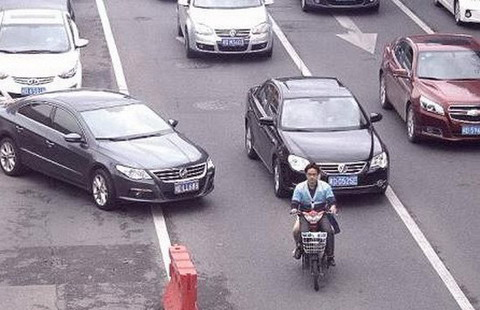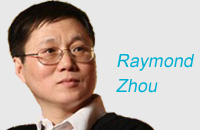Tusk can prioritize building bridge with China
By Fu Jing (China Daily) Updated: 2014-12-17 07:34China wants to increase its investment and trade flow in the region, as the trade volume between China and the 16 Central and Eastern European countries is less than one-third of that between China and Germany. And China's total investment in the countries has been less than that in Italy.
Decades ago, China opened up its eastern coastal regions and at the turn of the century, it came up with the Western Development Program to boost the opening-up of its inland areas. Now, the Chinese leadership has offered a timely recipe to Asia and Europe by encouraging connections through infrastructure constructions.
Within the European Union, it is urgent to bridge the development gap between the west and the east, so Brussels also needs to look east.
To some extent, Tusk has already sent a strong signal to help achieve this. Shortly after he moved to Brussels this month, Tusk accepted President Xi Jinping's invitation to visit Beijing as soon as possible.
Brussels has just made public its intention to use 21 billion euros of fiscal funding to channel 315 billion euros in additional private investment. But how it will accumulate and use these funds is still unknown.
At the summit this Thursday and Friday, when European leaders discuss the potential projects to put EU's 315-billion-euro investment plan on paper, the cooperation between China and Eastern and Central European countries can offer food for thought.
The author is China Daily's chief correspondent in Brussels. fujing@chinadaily.com.cn











